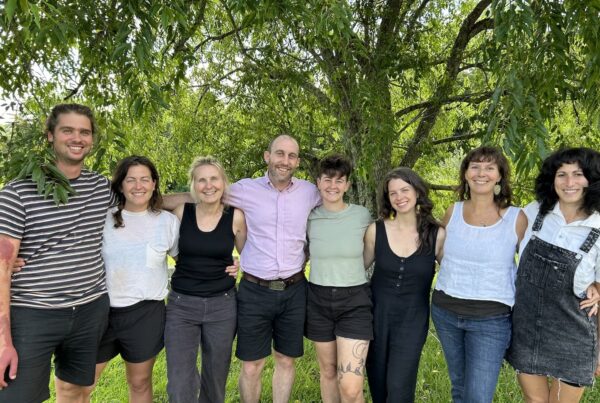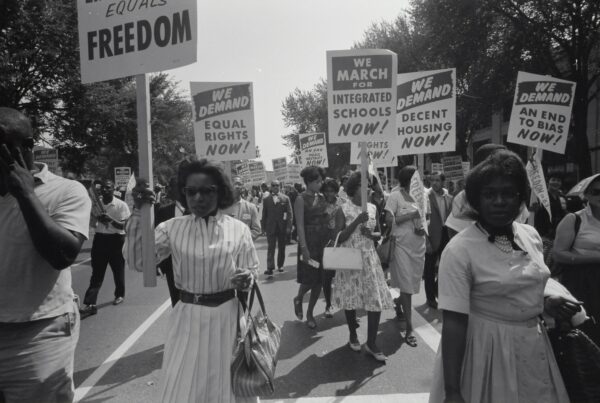If we surrendered
to earth’s intelligence
we could rise up rooted, like trees.
~ Rainer Maria Rilke
Dear Springhouse community,
In the early years of my doctoral program, I became fascinated with the 1980 eruption of Mt. St. Helens. At that time, I wrote an essay on the restoration of that area including human intervention and natural Earth processes. I don’t remember all the details of my research, but I do remember that people came in and started “cleaning up” the place, which led to the loss of different plant species. The places where humans did not intervene became very biodiverse.
I am not an expert in ecological restoration. I do know that sometimes human intervention is required in the recovery process, and, other times, it is not. I also know that human intervention that is not rooted in a deep connection and listening to the place (beginning with the Self) is very likely to cause damage.
The pandemic is an eruption and disruption – upending so much of what we have known, giving rise to new ways of being, and, at times, causing an even greater attachment to the old. In the early stages of the pandemic, Springhouse listened deeply to what was happening in our culture and place and responded. Since we were doing that before the pandemic, this was natural for us (but not easy). We practice listening to ourselves, to each other, and to this place as a community in all that we do.
This month, Education Reimagined nominated the Springhouse community to be a part of a project called What Made Them So Prepared? The goal of the project is to learn from the ways student-centered, next generation schools and districts were able to pivot adaptively and creatively during these trying times. Education Reimagined writes that “environments like [Springhouse] were very likely able to shift more effectively because of the unique cultural and operational dynamics that tend to exist in student-centered programs, such as distributed agency, iterative problem-solving, strong collaboration, trust, and fluid and adaptive resilience.”
Yes! These all describe Springhouse, and even more so, point toward what we need more of in this world. Springhouse is resilient because we recognize our limitations and depend on something greater than ourselves to activate change. We are a living example of what happens when a whole community design orients around Life. To read more about this, you can check out an article I wrote that was published by Childhood Education International.
It is difficult to know when to intervene, and when not to, when disruption is afoot. It can be hard to know what is within our control and what is not. What I do know is that I cannot control or manage regeneration. I can only show up and stay awake to life as best I can. When we “surrender to Earth’s intelligence” (which is one way to put it), our actions not only consider what we want, but also what the place or community needs. One of the greatest things we can do in a time of environmental and cultural challenge is this: Align with Life, take care of it, and share it.
Thank you for being a part of the Springhouse community. We could not live into the vision of regenerative, life-giving culture without you.
In vitality and with love,
Jenny



